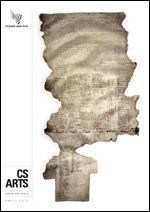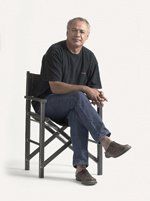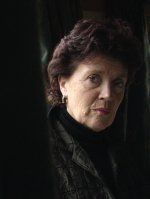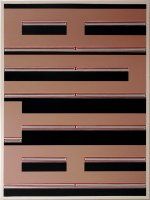

Slide title
Write your caption hereButton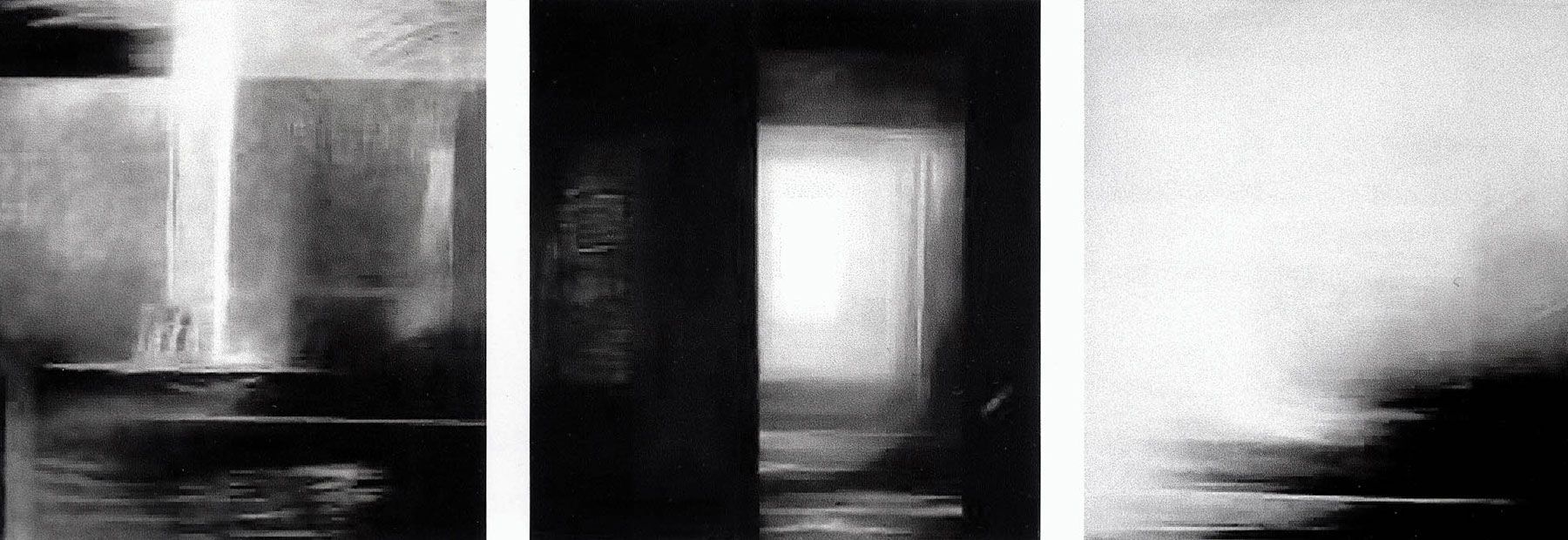
Slide title
Write your caption hereButton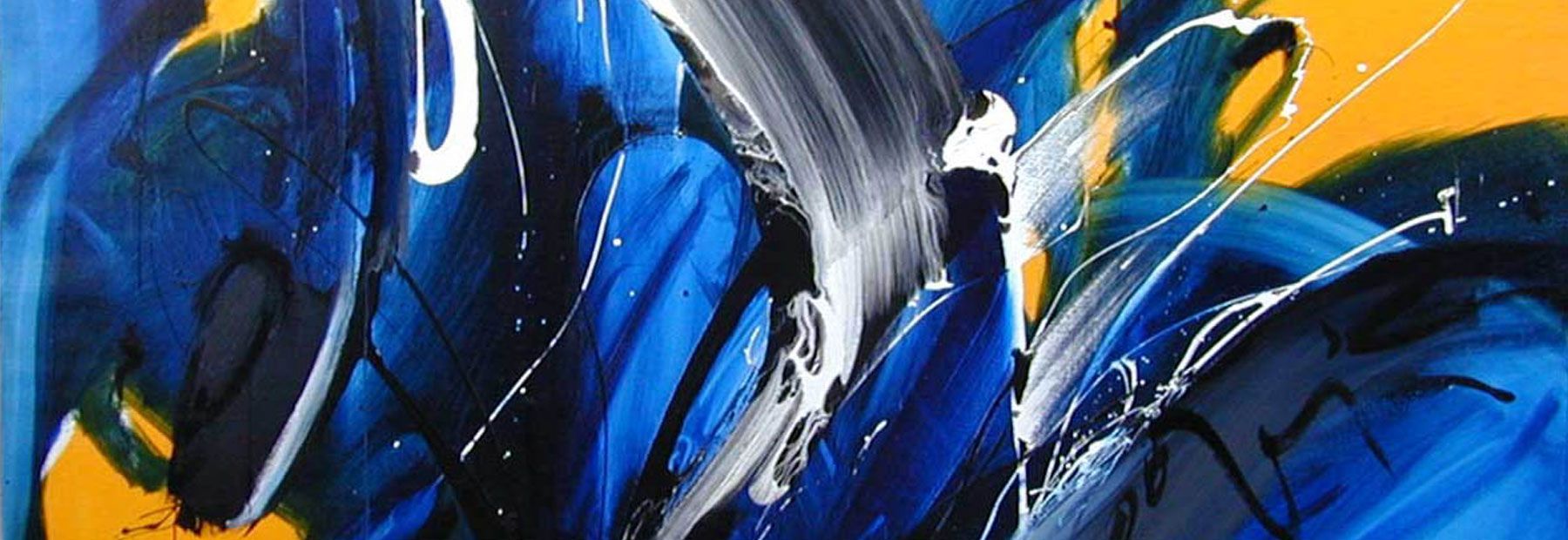
Slide title
Write your caption hereButton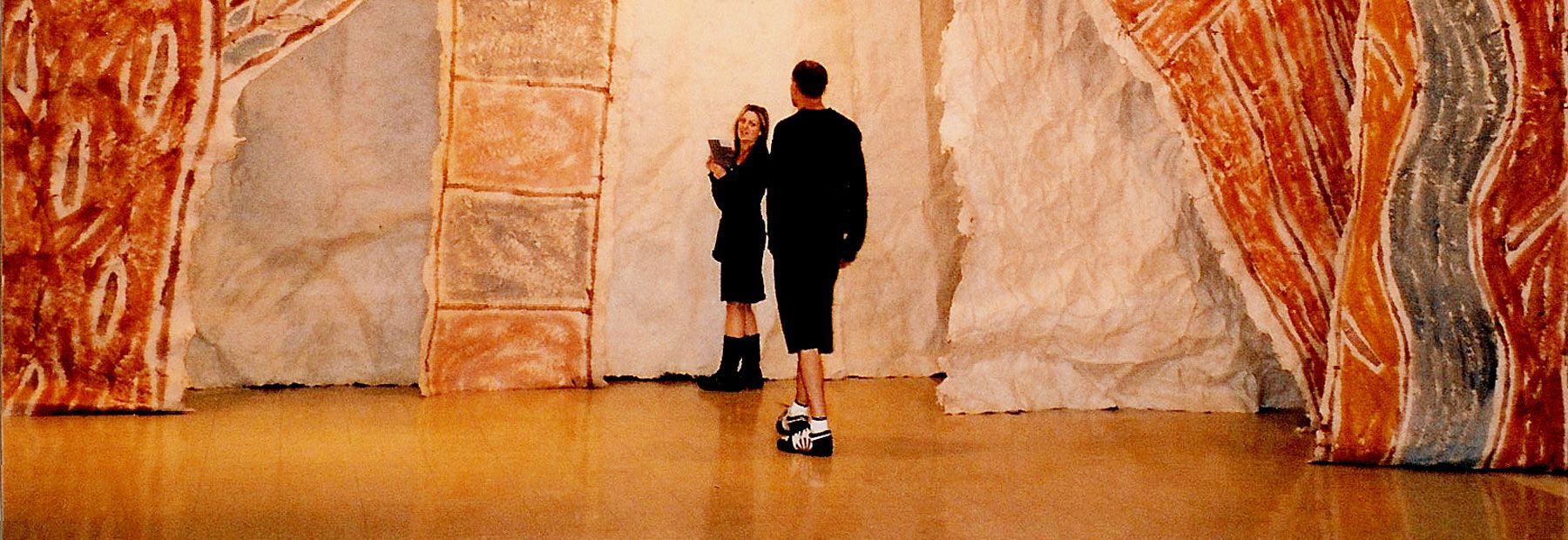
Slide title
Write your caption hereButton
Slide title
Write your caption hereButton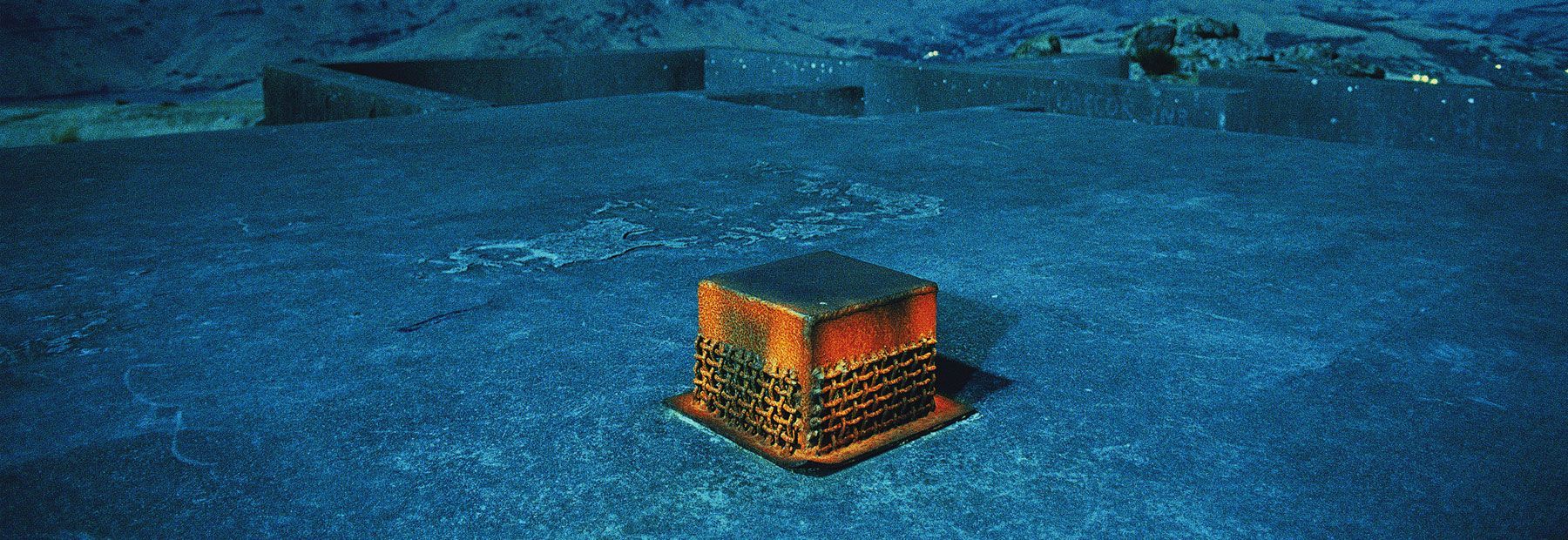
Slide title
Write your caption hereButton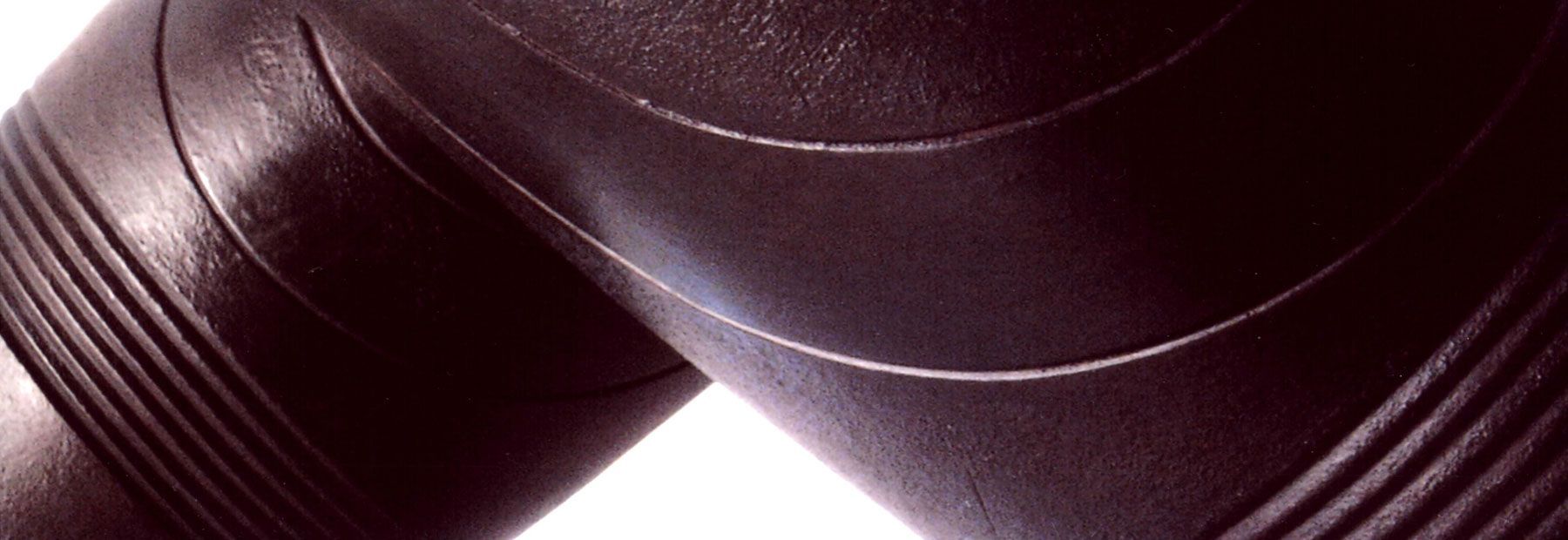
Slide title
Write your caption hereButton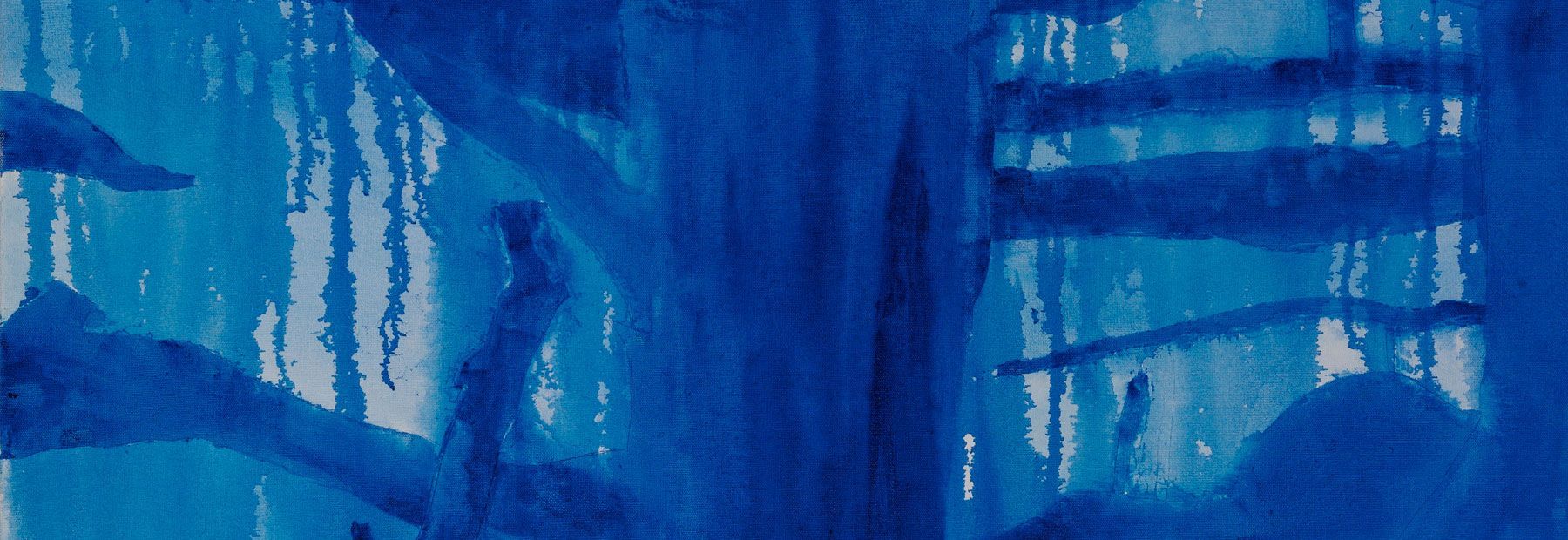
Slide title
Write your caption hereButton
Countdown
Darryn George
11 August–4 November 2007
Wellington City Gallery, Wellington
At the heart of Wellington City Gallery's Contemporary Projects is what initially appears a modest and traditional show. Yet Nga Puhi painter Darryn George’s Countdown is both as simple, and far more complex than it immediately seems. It represents at once the ‘now’ for the artist within contemporary New Zealand practice, the ongoing development of this particular artist’s identity as confluence of sources, and further readings as intricately interwoven as the kowhaiwhai patterns from which these works draw inspiration.
What resounds most clearly among the five large abstract pieces is an interest in paint and pattern; around these archetypal primary notes the formal relationships are orchestrated. Colour and pattern are themes featured consistently in George’s practice, while a dynamic rapport between American abstraction, Maori heritage and Christian values, and the influence of computer technology on art continues to evolve.
Countdown is one of four contemporary projects on display in the South gallery (the others are by Eve Armstrong, Areta Wilkinson and Sarah Jane Parton). While curator Sarah Farrar does not make explicit a thematic link between the individual shows, the whole is composed to suggest a dialogue. Hard to ignore Armstrong’s cascading mountain of recycled cardboard next door, or the tinny soundtrack of Parton’s video work. And it's no accident that they span abstract/figurative, installation, 2D and time-based media, Maori/European, male/female and established/emerging artists.
Certainly, the atmosphere created by such hip roommates could be said to contemporise George’s work, with its predominance of red, black, and beige historically associated with traditional Maori carving. Yet surely there is nothing less traditional than work that takes a customary form valued for its adherence to formulaic principles, craftsmanship and traditional narratives, and reshapes these narratives, circumvents the artisanship by way of computer technology, presents something recognisable yet fundamentally altered?
A work like Die Brucke (2005) not only alludes to German Abstract Expressionism, but incorporates the everyday: a road sign symbol indicating an upcoming bridge. Similarly, the most recent work, Countdown (2007) manipulates a fusion of Arabic and Roman numerals and koru forms. It alludes to Colin McCahon's number paintings, suggesting the multiple narratives forming New Zealand's visual vernacular. The fact that such works may look similar to traditional work, be influenced by tradition, is only the beginning. George’s work is world-wise, street-savvy and cunning enough to shrug off the opacity of the superficial interpretation.
George was raised in Anglican Christchurch, and it was only twelve years ago that a trip to the Bay of Islands to visit Nga Puhi relatives kindled an interest in his ethnic heritage. Te Whitereia meeting house, carved by Pire Taiapa, caused him to reassess the relationship between 1950s abstraction, De Stijl and a local tradition of geometric patterning. George had long been interested in colour and pattern; these became the channels for him to explore a personal, spiritual and social agenda.
Farrar notes 'George's ongoing interest in forms such as ladders, stairways, bridges all explore a relationship with divinity. The journey which Countdown inevitably suggests could be one toward spiritual and personal enlightenment, or toward a new visual language.
The intersection of Christian upbringing and faith with Maori symbolism and contemporary practice is the ‘place’ in which George’s work is generally considered to operate, fit most comfortably in critical discussion. There are inherent dangers in trying to locate work this way. It is both of and from this point that the work emerges, takes shape, and eternally counts down toward now.
Countdown was reviewed by Abby Cunnane.
